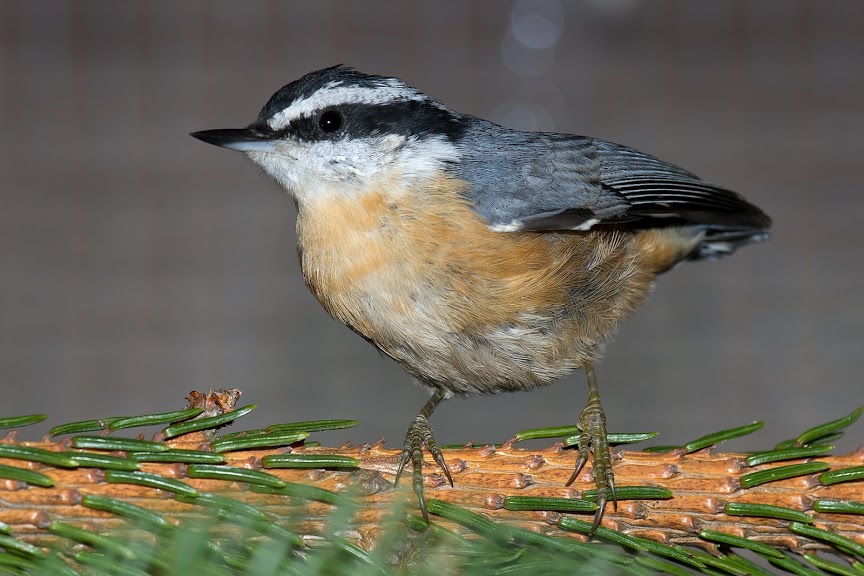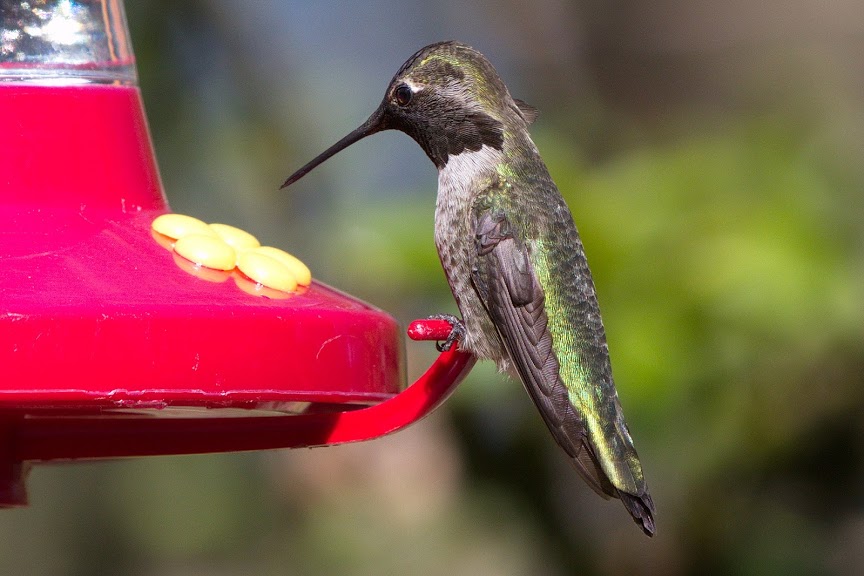Wildlife Wise – Protect Wildlife & Your Home
Posted January 30, 2020 by Vindi Sekhon
It’s that time of year, before spring and fall where our wild friends are scoping out nesting sites and food sources. Many bird enthusiasts create environments for bird species to have access to food and shelter, however; there are times we may need to take precautions and encourage birds to nest and access food in places that are safe for them.
In some cases, animals can chew through wires, wood and potentially leave your home susceptible to electrical fires, mold, and leaks. Our homes can appear as a food source for wildlife when they see garbage or open food readily available. Prevention and planning can help humans and wildlife to co-exist avoiding damage to your interior/exterior home and safety of these animals.

Wildlife Proof Your Home
- Check your deck–Underneath a deck is a great place for wildlife to make it their home, raccoons, mice, rats, squirrels. You will need to add wire/mesh cloth around the parameters of your deck.
- Secure your home including; roofs, doors, wall, and floors are all access points secure these places
- Eliminate openings: Wildlife can get through vents, screens, and floorboards. They can also scratch and bite through the siding and roofing shingles. Inspect your home frequently. Always check for holes and space and repair them immediately with clay or concrete.
- Add screens to decks and porches
- Chimneys–properly cap and seal them to block animals from getting inside. Repair any flashing already obliterated by this wildlife.
- Exterior vents: Place screens on all dryer, air, stove and bathroom vents to prevent animals from getting in.
Wildlife Proof Your Yard
- BBQ: Keeping your BBQ and area clean from food and grease will prevent wildlife looking for outside food sources in your BBQ
- Eavestrough: Routine maintenance will help prevent debris from accumulating. Too much debris allows animals to build nesting sites.
- Trim your trees: Trees that overhang over roofs and other structures provide easy access for animals, trim your trees but pay attention for existing nests.
- Garbage and green bin: Ensure all garbage bins, composite and recycling bins are closed securely during and after use.
- Tree wells–Fence and keep free of debris so animals do not fall and become trapped
- Avoid using woodpiles, if possible. Many animals, such as skunks, rats, opossums, snakes choose these as ideal nesting sites or hideouts. If you have woodpiles try to keep, then secure in a shed or garage.
- Protect your pond if you have fun: Wildlife will be attracted to koi fish, goldfish and other water insects as a food source. Ensure the pond is deep or invest a protective metal to cover and secure.
How do you feed backyard birds?
If you enjoy watching birds come to your yard or helping the neighborhood birds, then you might want to learn about bird feeders and how you can attract and help these songbirds year-round.
Bird feeding is helpful when birds are depleted of energy in extreme temperatures, or in the later winter or early spring when natural food resources are low.

Where to put a bird feeder:
- Allocate a spot in your yard where the birds will feel safe from the potential threat of predators
- Place feeders approximately 12 feet from a brush bile, evergreen tree or a bush
- For extra protection place chicken wire or branches around feeder
- Do your research when looking for a feeder. Different species have different needs. Plastic, glass, and steel feeders are easy-to-clean with porous surfaces. Try choosing a feeder with no sharp edges or points
- Feeders should allow birds to perch away from the food
- Try to set up more than one feeder in your yard to avoid crowding
- Maintain two feeders if possible in the winter to prevent freezing
- Ensure your feeder has drainage holes and material to keep the seeds dry
Types of food to offer:
- Suet cakes – look for a standard suet feeder
- Black-oil sunflower seeds – great energy source
- Peanuts – use a feeder with a smaller opening
- White Proso Millet: A great source of high protein
Can I give human food to birds?
We recommend avoiding feeding bird’s human food. Certain foods will provide no real nutritional value and can potentially harm the wildlife. Scraps can also attract mice and rats. Stick to the tips we have provided or learn more from our team at WRA or your local wildlife provider.
Your help goes a long way!
By incorporating some of these tips, you can create a sanctuary of comfort and food resources for local wildlife, while protecting your home and them. Always double-check that there are no animals inside your home or hidden nests in the yard under a pile of debris. If you see animals trying to enter recently repaired areas, they might be locating their babies and may require you to allow them to relocate. If you are unsure what to do or need help with nests around your home call our Support Centre at 604-526-7275 or find more information here.
If you want to volunteer with Wildlife Rescue click here. If you would like to learn how to provide care to injured and orphaned wildlife please learn about our monthly giving program here.
Share this with friends and family:
Posted in Education
Tags: bird feeders, birder, birds, exterior, interior, seasonal, songbirds, urbanization, wildlife, wildlife wise, wildproof

